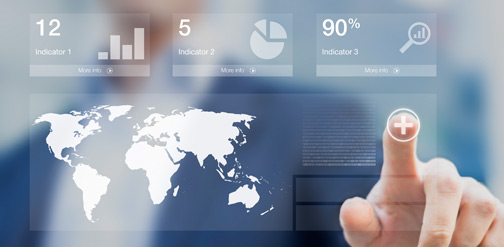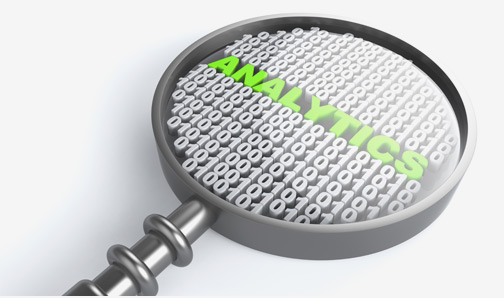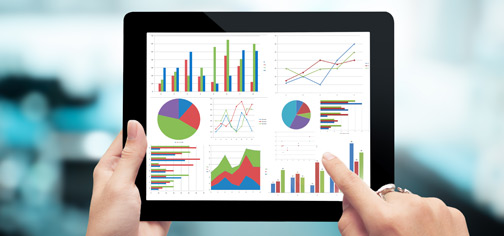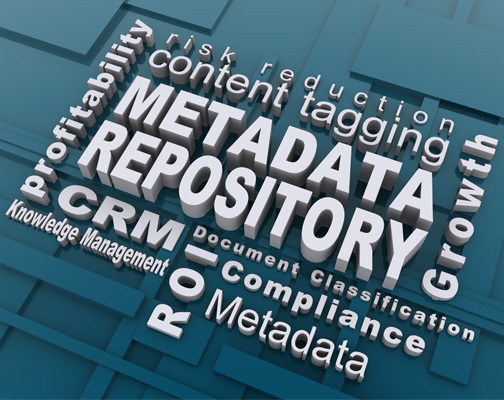Business Intelligence
Exposing organizational data through an intuitive, consistent and accurate user interface
Exposing organizational data through an intuitive, consistent and accurate user interface
Business Intelligence (BI) can be defined as the various methods by which an organization analyzes structured, unstructured and raw data. A variety of tools are available to support particular use cases and typically fall into the following categories:
Operational Reporting, Analysis & Monitoring are typically based on analysis of historical data where Predictive Analytics is the process of accessing organizational data to forecast, derive behavioral patterns and predict future trends.
- Operational Reporting
- Analysis
- KPI Monitoring
- Advanced or Predictive Analytics
Operational Reporting, Analysis & Monitoring are typically based on analysis of historical data where Predictive Analytics is the process of accessing organizational data to forecast, derive behavioral patterns and predict future trends.
Select any to learn more about BI...
Reporting
Mobile
Analysis
Security
Monitoring
MetaManagement
Predictive
Operational Reporting
Operational reports or static reports typically illustrate specific business unit measures that support reacting to day to day or periodic activities. Operational reporting environments can grow quickly and without governance often times exhaust a significant amount of time and resources on maintenance and support.Our Edge Optimizing operational reporting environments lends to a reliable BI platform that translates into organizational confidence in its information asset.

Analysis
Analysis technologies allow users to more freely interact with organizational data. Analysis tools are commonly used to look for exceptions or analyze why certain things may have happened. With well-structured data organizations are able to navigate data using some of the following methods:
Dashboarding
A series of pre-defined dashboards and reports that allow users to view aggregated information on a given set of business measures based on input prompts. Data can be used to identify exceptions, trends, thresholds and give the users the ability to drill into finer details to evaluate root cause.
Ad-Hoc Analysis
Ad-Hoc analysis allows users to navigate transactional data by dragging and dropping predefined metadata through an intuitive user interface. This allows users to more easily query organizational data without having to learn to write complex SQL statements.
Visualization
Data visualization tools allow end users to quickly drag and drop and create their own visualizations or dashboards. These tools typically have an intuitive user interface and are designed to promote business user self-service, development and distribution of organizational data. Although these tools are often chosen to reduce the reliance on trained developers to produce all reporting needs it is still extremely important to connect these tools to reliable data sources and establish guidelines for business user development and distribution.Our Edge Most BI tools do not support all BI needs of and organization and Edge will help guide the selection of a right fit tool that best suits the client’s information needs.
KPI Monitoring
Monitoring tools support visual monitoring and alerting on key performance indicators such as run time, data accuracy and outages.

Predictive
Predictive analytics utilizes vast amounts of historical data to make predictions about future events. Organizations are using predictive analytics to gain deeper insights into market trends and customer behaviors that can be used to drive strategic decision making and promote competitive advantage.Our Edge Edge R&D can help identify suitable advanced analytic use cases and guide the establishment of data mining, predictive analytics or big data strategies and foundation.
Mobile
Mobile devices such as smart phones and tablets have increasingly become a critical business tool for accessing information. Edge R&D continues to keep up on the latest mobile trends and technologies and are always looking to provide a design that is flexible to support a multitude of platforms.
Security
Security for BI is broken down into two distinct types of security (Object and Data level security). When building a scalable BI solution security is a critical component of design.
Object level security
User/role based security models are used to administer access to reports and dashboards.Data level security
Data level security models are used to administer access to particular levels of data or information.Metadata Management
Metadata management is instrumental in helping business navigate or intersect its organizations transactional data and used to translate organizational data into useful information. The most common use of metadata is to manage the descriptions for business related attributes and measures, however in BI and Data Warehousing, metadata is also used to define technical and process attributes:Business Metadata
Detailed descriptions of database columns, hierarchies and dimensions contains the translation of database objects into something that is meaningful to the consumer.Technical Metadata
Detailed descriptions of record table names, column names, primary/foreign keys, data type and other structural information such as data transformation, etc. This information assists developers in formulating performant and accurate queries.Process Metadata
Detailed descriptions of the ETL/ELT process into the data warehouse, also known as data lineage. This information can be used to track and monitor data time stamps, loads, scripts, changes, certification and end user access.
